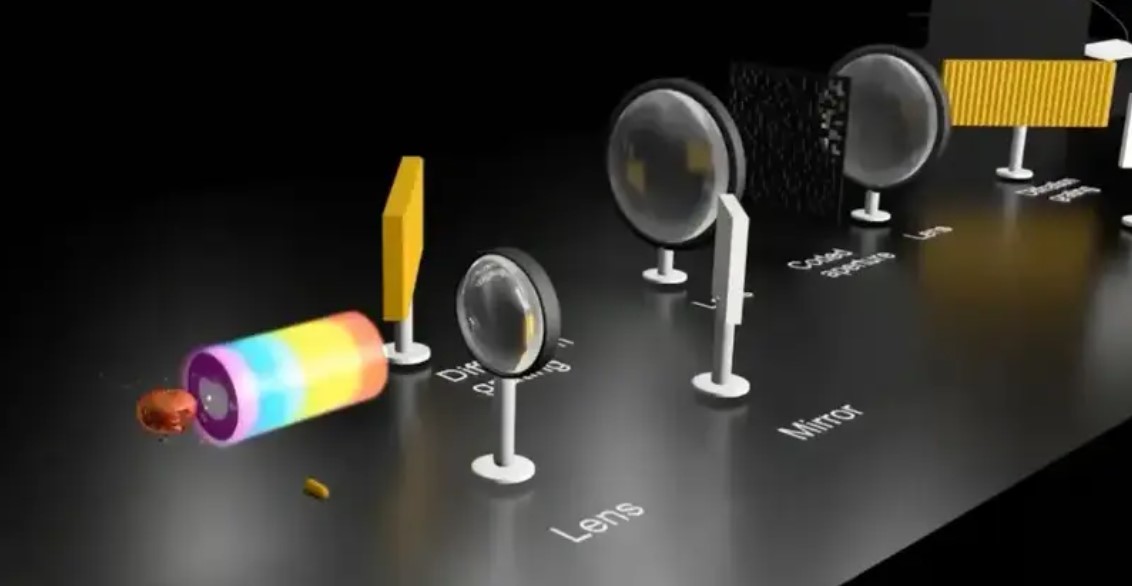
Canadian scientists create the world’s fastest camera – 156.3 trillion frames per second
Engineers at the INRS Énergie Matériaux Télécommunications Research Center in Canada have developed the world’s fastest camera, which can shoot at 156.3 trillion frames per second (fps). The best slow-motion cameras on phones typically operate at several hundred frames per second. Professional cinematic cameras can use several thousand to achieve a smoother effect. But if you want to see what’s happening at the nanoscale, you need to slow down the process to billions or even trillions of frames per second.
It is reported that the new camera can record events that occur in the region of femtoseconds – quadrillionths of a second. For reference, there are about as many of them in one second as there are seconds in 32 million years.
The researchers relied on a technology they developed back in 2014, known as compressed ultrafast photography (CUP), which could capture 100 billion frames per second, which now seems minuscule. The next stage is called T-CUP, where the letter T stands for “trillion frames per second,” which is, to be sure, capable of reaching 10 trillion frames per second. And then in 2020, the team increased it to 70 trillion frames per second with a version called compressed ultrafast spectral photography (CUSP).
Now the researchers have doubled it again to a staggering 156.3 trillion frames per second. The new camera system is called “real-time coded aperture femtophotography” (SCARF), which can capture events that are too fast for even previous versions of the technology to see. This includes things like shock waves traveling through matter or living cells.

SCARF works by first emitting a “chirping” ultra-short pulse of laser light that passes through the event or object being displayed. If you imagine light as a rainbow, the red wavelength will capture the event first, followed by orange, yellow, and down the spectrum to violet. Since the event happens very quickly, by the time each successive “color” reaches it, it looks different, allowing the pulse to capture all the changes within an incredibly short period of time.
This light pulse then passes through a series of components that focus, reflect, diffract, and encode it until it finally reaches the camera sensor of the charge-coupled device (CCD). This is then converted into data that a computer can reconstruct into a final image.
While it’s unlikely that us regular Joes will be watching high-speed videos of balloon bursting that have been captured by SCARF systems, researchers say that capturing new ultrafast phenomena could help improve fields such as physics, biology, chemistry, materials science, and engineering.

